Politics
Trump kicks off Asia tour with Malaysia summit ahead of Xi meeting
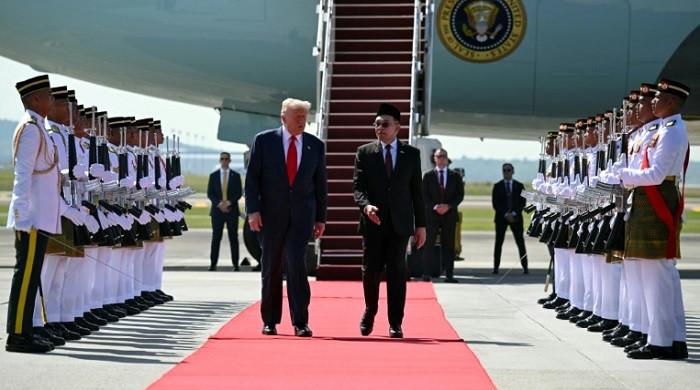
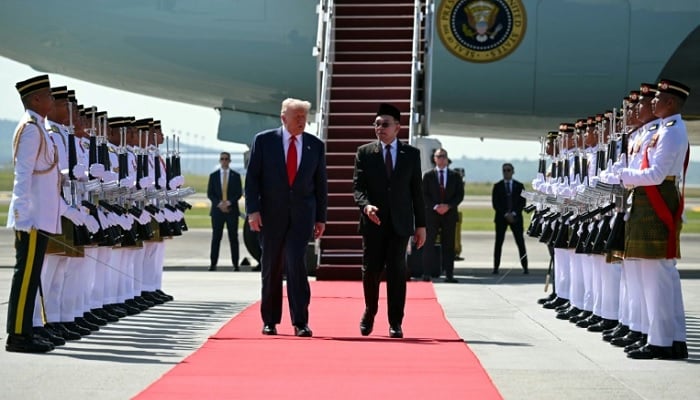
- Trump to meet Xi in S Korea to finalise trade deal, end tariff war.
- Says he’s open to meeting North Korea’s Kim during regional trip.
- All set to sign Thailand-Cambodia peace deal upon arrival in Asia.
US President Donald Trump arrived in Malaysia on Sunday on the first leg of an Asian tour that will include high-stakes trade talks with Chinese counterpart Xi Jinping.
Trump is set to meet Xi in South Korea on the last day of his regional swing in a bid to seal a deal to end the bruising trade war between the world’s two biggest economies.
As he left Washington, Trump added to speculation that he could meet North Korean leader Kim Jong Un for the first time since 2019 while on the Korean peninsula, saying he was “open to it”.
The US president will also visit Japan on his first trip to Asia since returning to the White House in January in a blaze of tariffs and international dealmaking.
“We will be signing the Peace Deal immediately upon arrival,” Trump said on social media of the truce he helped broker after the deadliest clashes between Thailand and Cambodia in decades.
Trump said he expected to meet Brazilian President Luiz Inacio Lula da Silva on the sidelines of the ASEAN summit to improve ties with the leftist leader after months of bad blood.
During a refuelling stop in Qatar on the way from Washington, the US president met with leaders of the Gulf emirate, which is among the guarantors of the Gaza ceasefire deal spearheaded by Trump.
After Malaysia, Trump is expected in Tokyo on Monday, where the following day he will meet Japan’s new Prime Minister Sanae Takaichi.
The US leader said he had heard “great things about her” and hailed the fact that she was an acolyte of assassinated former premier Shinzo Abe, with whom he had close ties.
Takaichi said she told Trump in a phone call on Saturday that “strengthening the Japan-US alliance is my administration’s top priority on the diplomatic and security front”.
The US leader said he had heard “great things about her” and hailed the fact that she was an acolyte of assassinated former premier Shinzo Abe, with whom he had close ties.
Takaichi said she told Trump in a phone call on Saturday that “strengthening the Japan-US alliance is my administration’s top priority on the diplomatic and security front”.
Japan has escaped the worst of the tariffs Trump slapped on countries around the world to end what he calls unfair trade balances that are “ripping off the United States”.
The highlight of the trip is expected to be South Korea, where Trump will meet Xi for the first time since his return to office.
Trump is due to land in the southern port city of Busan on Wednesday ahead of the Asia-Pacific Economic Cooperation (APEC) summit, and will meet South Korean President Lee Jae Myung.
On Thursday, global markets will be watching closely to see if the meeting with Xi can halt the trade war sparked by Trump’s sweeping tariffs, especially after a recent dispute over Beijing’s rare-earth curbs.
Trump initially threatened to cancel the meeting and announced the fresh 100 percent tariffs during that row, before saying he would go ahead after all.
South Korea’s reunification minister has said there is a “considerable” chance that Trump and North Korea’s Kim will also meet.
The two leaders last met in the Demilitarised Zone (DMZ) separating the two Koreas during Trump’s first term.
Kim has said he would also be open to meeting the US president if Washington drops its demand that Pyongyang give up its nuclear arsenal.
Politics
Iran says missile programme defensive, non-negotiable
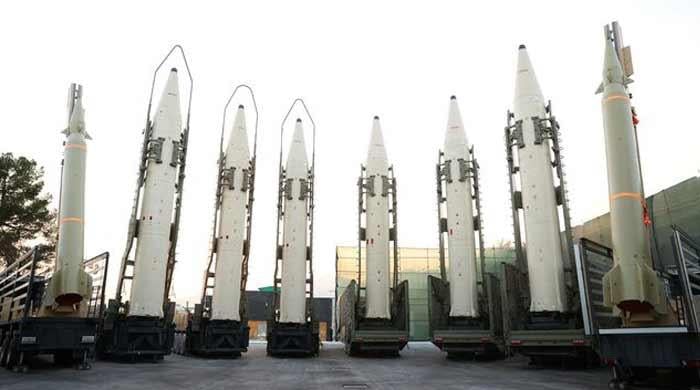
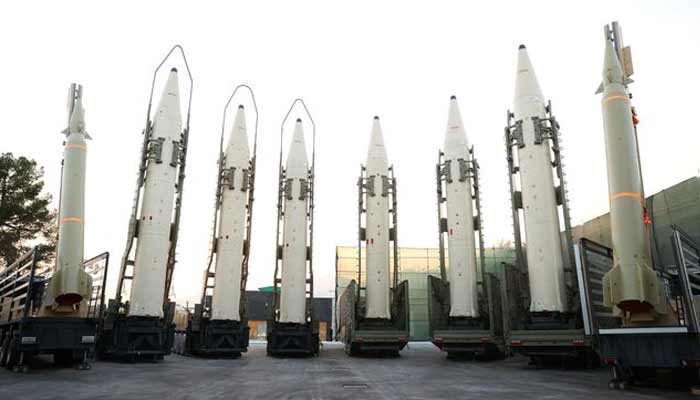
- Iran’s defence capabilities designed to deter aggressors: official.
- Israel expresses concern over Iran’s missile production: report.
- Israel seeks to attack it again to curtail those efforts, says report.
Iran insisted on Monday that its missile programme was defensive in nature and designed to dissuade attack, while adding that the existence of its arsenal was not up for debate.
Israel had presented Iran’s ballistic missiles, along with its nuclear programme, as the two main threats it sought to neutralise during the 12-day war the foes fought in June.
“Iran’s missile programme was developed to defend Iran’s territory, not for negotiation,” foreign ministry spokesman Esmaeil Baqaei said at a weekly press conference.
“Therefore, Iran’s defence capabilities, designed to deter aggressors from any thought of attacking Iran, are not a matter that could be talked about.”
Iran’s ballistic capabilities put Israel within striking distance, and after Israel’s unprecedented attacks that sparked the war in June, Tehran responded with waves of missiles and drones launched at Israeli cities.
According to US broadcaster NBC, Israel is growing increasingly concerned that Iran is seeking to rebuild and expand its missile production following the war, and may seek to attack it again to curtail those efforts.
During a planned visit to the US later this month, Israeli Prime Minister Benjamin Netanyahu “is expected to present US President Donald Trump with options for the US to join or assist in any new military operations”, NBC reported, citing an unnamed source with direct knowledge of the plans and former US officials briefed on them.
Over the course of the recent war, Israel struck military sites, nuclear facilities and residential areas, killing more than 1,000 people.
Israel reported more than 50 Iranian missile strikes inside its territory that killed 28 people.
The US briefly joined its ally in striking Iran’s nuclear facilities before declaring a ceasefire.
Iran once procured much of its weaponry from the United States, but following the break in diplomatic relations after its 1979 Islamic revolution, it had to develop its own domestic arms industry.
Politics
2025 marks decisive reset in Pakistan-US ties: Washington Times
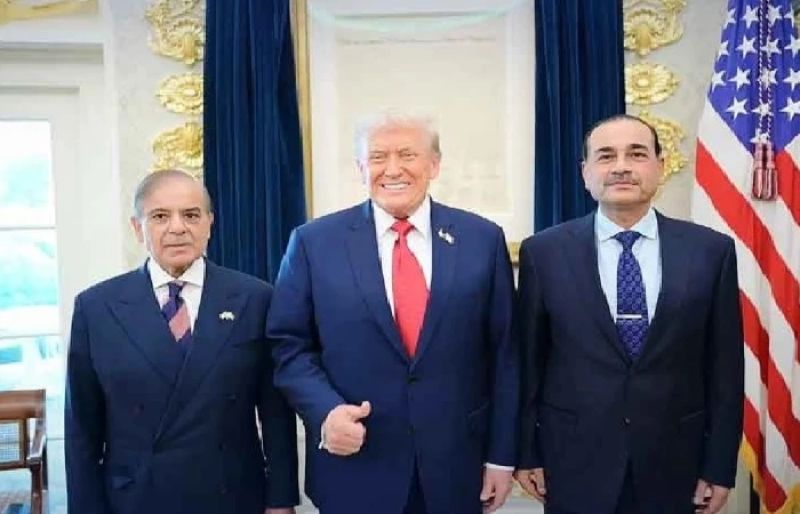
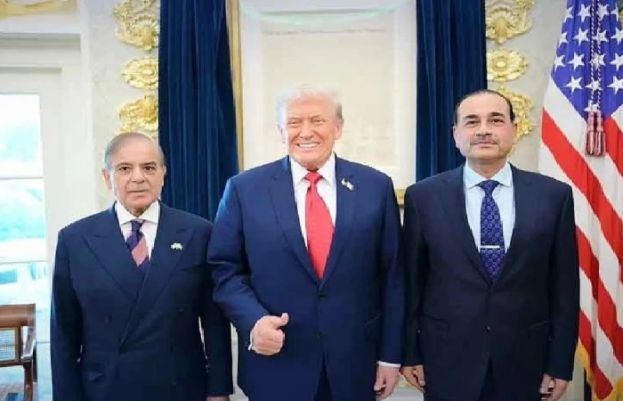
The Washington Times has described 2025 as a turning point in Pakistan–US relations, citing what it called a dramatic shift in Washington’s approach.
The newspaper said President Donald Trump abandoned the long-standing “India First” policy and elevated Pakistan’s strategic importance, a change it linked largely to the May conflict between Pakistan and India.
In May 2025, following India’s unprovoked attacks, Pakistan launched a calibrated military response, Operation Bunyanum Marsoos, targeting Indian troop concentrations, air assets, and key command infrastructure. Retaliatory strikes neutralized over 26 high-value installations across five Indian states, including missile silos, air defence systems, logistics hubs, and communications networks.
Pakistani drones and cyber operations further disrupted India’s energy grids, rail networks, and surveillance systems, while multiple Rafale jets were reportedly shot down. The operation demonstrated Pakistan’s military discipline, precision, and strategic reach, sending a clear message that its airspace and national sovereignty would not be violated.
The article provides a special analysis of the growing rapport between Chief of Defence Forces, Field Marshal Syed Asim Munir and President Trump, describing Pakistan’s transformation from an “undesired state” to a key partner. Its rapid image-building and opinion shift in Washington are described as rare and unique, positioning Pakistan as a central pillar of Trump’s South Asia policy.
Earlier, during his official visit to the United States, Field Marshal Munir praised President Trump for helping prevent “many wars,” including brokering the May Pakistan-India ceasefire.
Addressing the Pakistani diaspora, he highlighted Pakistan’s diplomatic successes, warned against any future Indian aggression, and reaffirmed that Indian Illegally Occupied Jammu and Kashmir remains an internationally recognized dispute. The military chief also held high-level engagements with US military and political leadership, emphasizing strengthened bilateral cooperation, regional security, and counterterrorism collaboration.
Initially, Washington had sought to strengthen India through platforms like the Quad, sidelining Islamabad. However, India’s political climate, restrictions on personal freedoms, uneven military performance, and diplomatic rigidity cast doubt on its role as a regional stabilizer.
The first thaw in Pakistan-US relations came via secret counterterrorism exchanges, signaling substantive cooperation. In March, Trump unexpectedly praised Pakistan’s counterterrorism efforts during a national address, prompting a policy shift.
Islamabad seized the opportunity, turning limited cooperation into strategic gains. Engagement increased, and the bilateral relationship evolved from transactional to strategic. The short but intense May skirmish with India became a decisive turning point, showcasing Pakistan’s military discipline, strategic focus, and asymmetric capabilities – qualities that reportedly surprised Trump.
The article also highlights historic engagement between Trump and Field Marshal Munir, including their first-ever luncheon meeting for a Pakistani military chief and Munir’s red carpet visit to US Central Command Headquarters for high-level talks. Advisers described their relationship as a “budding bromance,” with Munir emerging as a disciplined, strategic, and carefully image-managed figure in Washington. Pakistan also leveraged this attention with light diplomatic gestures and public relations moves, further boosting its standing.
US President Donald Trump called the visit an “honour,” praising Munir for helping avert further escalation between Pakistan and India. The meeting discussed the recent Middle East conflict, Pakistan’s understanding of Iran, and regional security issues. Trump credited Munir’s leadership in securing the May ceasefire, calling it a major contribution to preventing war between the nuclear-armed neighbours, and noted that the luncheon marked the first time a US president hosted a Pakistani army chief unaccompanied by civilian officials.
By early 2026, The Washington Times notes, Pakistan sits at the center of Trump’s emerging grand strategy for South Asia and the Far East. It offers Washington discreet channels to Iran, a potential role in Gaza, and a subtle counterweight to China’s regional influence. Islamabad has re-established itself as a serious regional actor, reshaping US policy and rewriting the balance of power in South Asia.
Politics
Indian doctor thrashes patient after verbal exchange
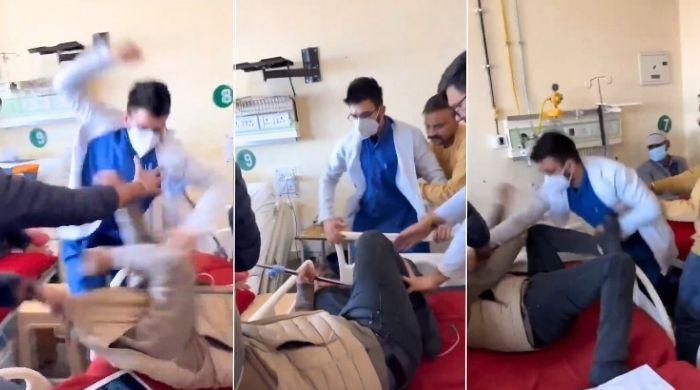
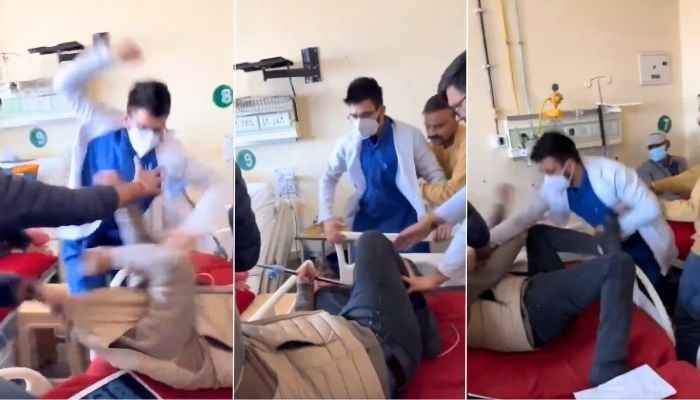
A disturbing incident at an Indian hospital has raised serious safety concerns after a doctor thrashed a patient who had visited for an endoscopy procedure.
A video circulating on social media was captured in the Indira Gandhi Medical College (IGMC) of Himachal Pradesh’s city Shimla, showing a doctor brutally beating a patient, despite people in the surrounding trying to stop him.
According to India Today, patient Arjun Pawar visited the hospital for an endoscopy procedure. After which, upon a complaint of breath difficulties, he was shifted to another ward.
Pawar’s attendants said that, upon calling the doctor, he appeared disrespectful to them and treated the patient in an unfriendly manner. They reported being involved in a heated exchange that led to the incident, which in turn sparked the demonstration.
Protesters demanded immediate action against the doctor, calling for his suspension.
Following the demonstration and social media backlash, the IGMC administration has formed an investigation committee to ensure an impartial probe into the matter.
-

 Business1 week ago
Business1 week agoHitting The ‘High Notes’ In Ties: Nepal Set To Lift Ban On Indian Bills Above ₹100
-

 Business1 week ago
Business1 week agoStudying Abroad Is Costly, But Not Impossible: Experts On Smarter Financial Planning
-

 Business1 week ago
Business1 week agoKSE-100 index gains 876 points amid cut in policy rate | The Express Tribune
-

 Sports1 week ago
Sports1 week agoJets defensive lineman rips NFL officials after ejection vs Jaguars
-

 Fashion4 days ago
Fashion4 days agoIndonesia’s thrift surge fuels waste and textile industry woes
-
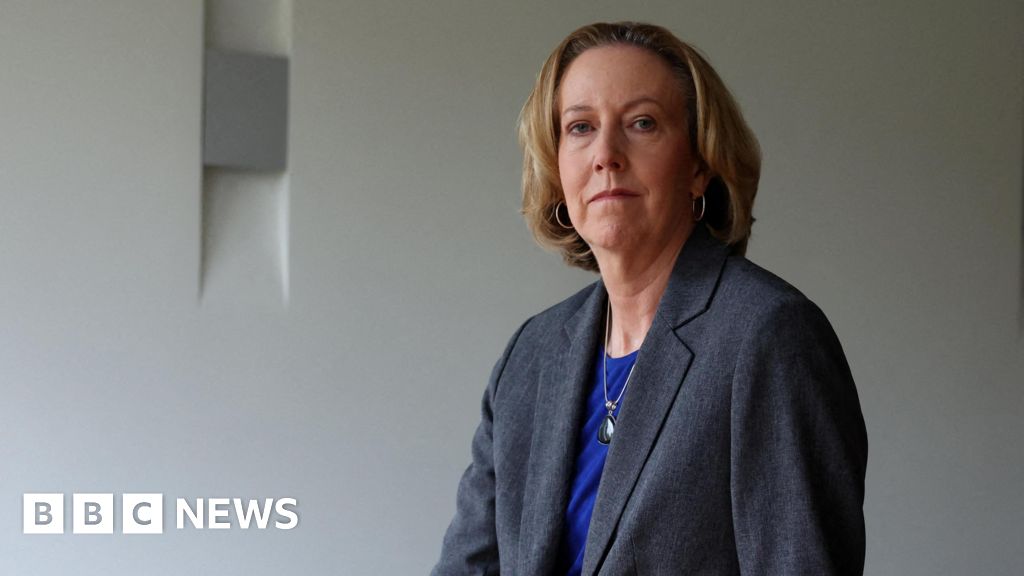
 Business4 days ago
Business4 days agoBP names new boss as current CEO leaves after less than two years
-
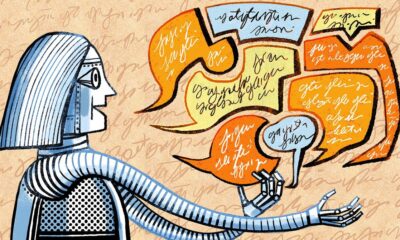
 Tech1 week ago
Tech1 week agoFor the First Time, AI Analyzes Language as Well as a Human Expert
-

 Entertainment1 week ago
Entertainment1 week agoPrince Harry, Meghan Markle’s 2025 Christmas card: A shift in strategy






